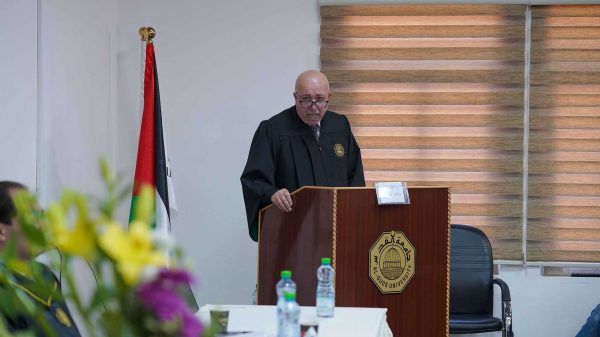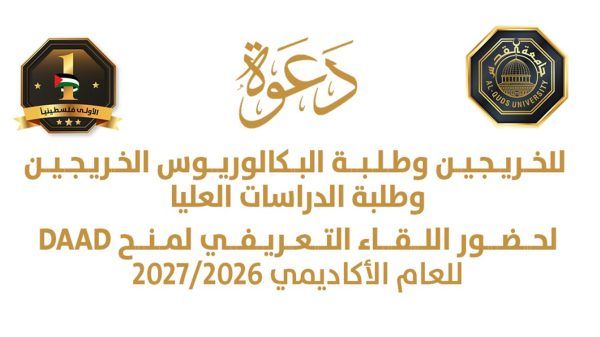
Materiality has been and continues to be a topic of importance for auditors. It is considered as a significant factor in the planning of the audit procedures, performing the planned audit procedures, evaluating the results of the audit procedures and issuing an audit report. Recently, there has been a renewed interest in the concept of materiality motivated by concerns at the Sarbanes-Oxley Act, Securities and Exchange Commission and International Auditing and Assurance Standards Board issuance of proposed standards on materiality. The objective of this paper is to discuss and analyze comprehensively the concept of audit materiality including how materiality threshold is determined by auditors. Auditing standards settings bodies pointed out that auditor’s determination of materiality threshold is a matter of professional judjment. As a judgmental concept, however, materiality is susceptible to subjectivity. Furthermore, the absence of audting standards on how materiality is determined has highlighted the significance of this issue and indicated that guidance for materiality professional judgments must come from other non-authoritative sources such as empirical researches. A number of new and important areas of materiality are in need of further investigation.
Keywords: materiality threshold; quantitative and qualitative materiality factors; expectation gap
JEL Classification: M40; M42







